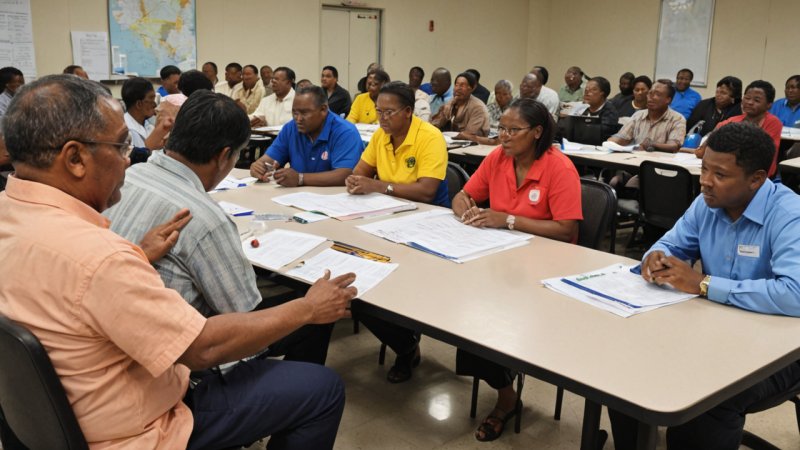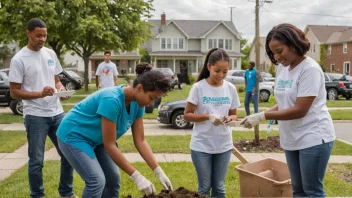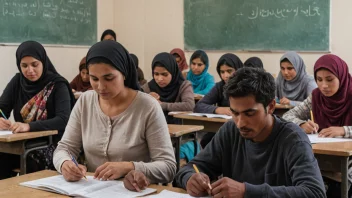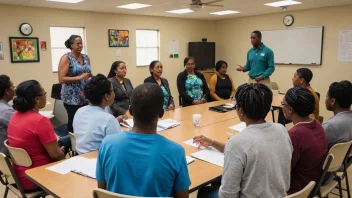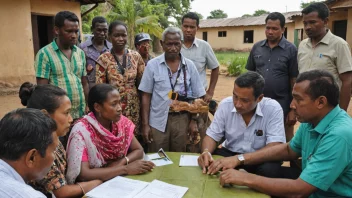Disasters, be they natural or man-made, can strike at any moment, leaving communities vulnerable and unprepared. Effective disaster preparedness is essential in mitigating damage and ensuring the safety of those affected. One of the most impactful ways to enhance disaster preparedness is through partnerships with local governments. This article will explore how individuals and organizations can collaborate with local authorities to strengthen disaster preparedness initiatives.
First and foremost, understanding the local context is vital. Each community has its own unique challenges and resources. To effectively partner with local governments, it is essential to conduct a thorough assessment of the local disaster risks, vulnerabilities, and existing response capabilities. Engaging with local emergency management agencies can provide valuable insights into the specific needs of the community.
Once the local context has been assessed, individuals and organizations can reach out to government officials to discuss potential collaboration. This could involve attending town hall meetings, reaching out to local disaster response coordinators, or leveraging social media platforms to connect with local leaders. The goal is to establish a dialogue that emphasizes the importance of disaster preparedness and how collaborative efforts can lead to stronger community resilience.
In many instances, local governments may have existing disaster preparedness plans and frameworks in place. By partnering with them, individuals and organizations can offer their expertise, resources, and volunteers to support and enhance these initiatives. For example, if a community lacks sufficient training programs for emergency responders, organizations can step in to provide workshops and training sessions that empower citizens to take an active role in disaster response efforts.
Education and awareness are critical components of disaster preparedness. By working with local governments, individuals can help organize community training programs, simulation exercises, and informational workshops. These initiatives can equip community members with the knowledge and skills needed to respond effectively during a disaster. Together, they can cover topics such as first aid, evacuation procedures, and emergency communication channels.
Another avenue for collaboration is through the development of community-based disaster response teams. These teams can be composed of local volunteers who receive training and resources from both the local government and partnering organizations. By creating a network of trained individuals, communities can ensure a swift and effective response in times of crisis.
Additionally, fostering community engagement is essential. Individuals and organizations can work with local governments to promote disaster preparedness through outreach campaigns, social media initiatives, and community events. This can involve distributing educational materials, organizing preparedness fairs, or even hosting informational webinars. The more the community is involved, the better prepared they will be when disasters strike.
In summary, partnering with local governments in disaster preparedness is a powerful way to enhance community resilience. By assessing local needs, establishing open communication, and collaborating on educational initiatives, individuals and organizations can play a vital role in making their communities safer and more prepared for disasters. Together, we can build a culture of preparedness that empowers citizens and strengthens the fabric of our communities.
Partnering with Local Governments for Disaster Preparedness
Discover how partnering with local governments can enhance disaster preparedness and strengthen community resilience against emergencies.
